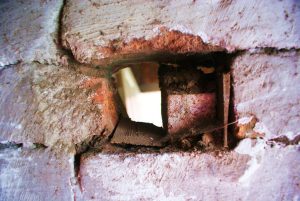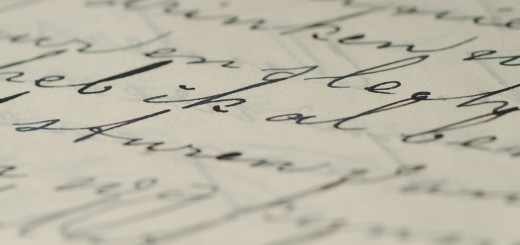Metzora – Mitigating the Miser’s Mindset

Nega’im, “plagues” that consist of certain types of spots of discoloration that appeared on the walls of a house after Klal Yisrael entered their land, signaled tzarus ayin, literally “cramped-eyedness,” what we would call stinginess. (See Arachin 16a and Maharsha there.)
Thus, the house’s owner is commanded (Vayikra, 14:36) to remove utensils from the house before it is pronounced tamei, spiritually unclean – letting others see things he has that he may have been asked to lend but claimed he didn’t have (and, by Hashem “saving” the vessels from tum’ah, demonstrating the very opposite of tzarus ayin).
The Kli Yakar explains that the words that translate as “[the house] that is his” (Vayikra 14:35), reflect the miser’s mindset, that what he has is really his. What he misses is the truth that what we “own” is really only temporarily in our control, on loan, so to speak, from Hashem.
Puzzling, though, is that Chazal also describe nig’ei batim, the “plagues of houses,” as a blessing, because the Emorim concealed treasures in the walls of their houses during the 40 years the Jews were in the desert, and when a Jew whose home was afflicted would remove the diseased wall stones, he would discover the riches. (Rashi, ibid 14:34, quoting Vayikra Rabbah 17:6).
A reward? For having been stingy?
No, but perhaps a lesson in the form of a reward.
Being stingy bespeaks a worldview, as noted above, that misunderstands that what we have is “self-gotten,” not on loan from Above. And that mistaken worldview yields an assumption: that we need to hoard what we have, lest anyone deprive us of it.
The once-tzar-ayin-afflicted homeowner, having had to remove a stone from his wall and belongings from his house, is presumably chastened by the experience. But now he is shown something to fortify his new outlook: a demonstration that wealth can come (and, conversely, go) unexpectedly and suddenly, and that we waste our energy and squander our good will by “cramped-eyedness.” We get what is best for us to have. And it comes from Above, not below.
© 2025 Rabbi Avi Shafran
My most recent Ami Magazine column, “Pyramid Scheme,” can be read here.


Recent Comments